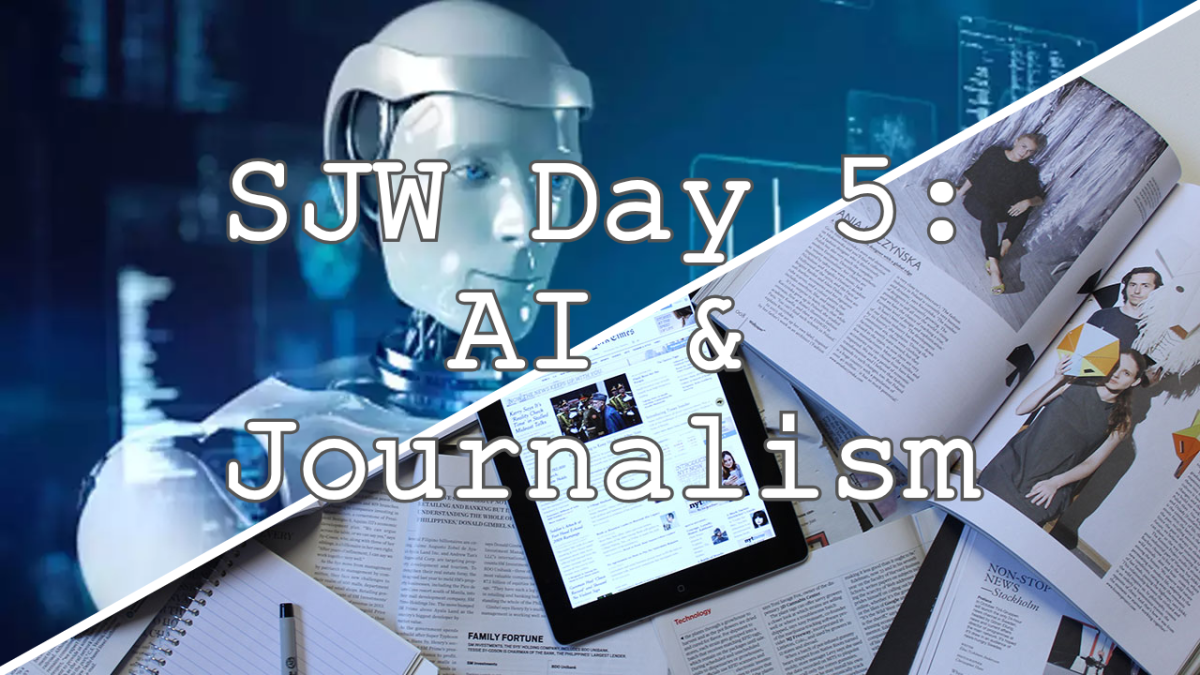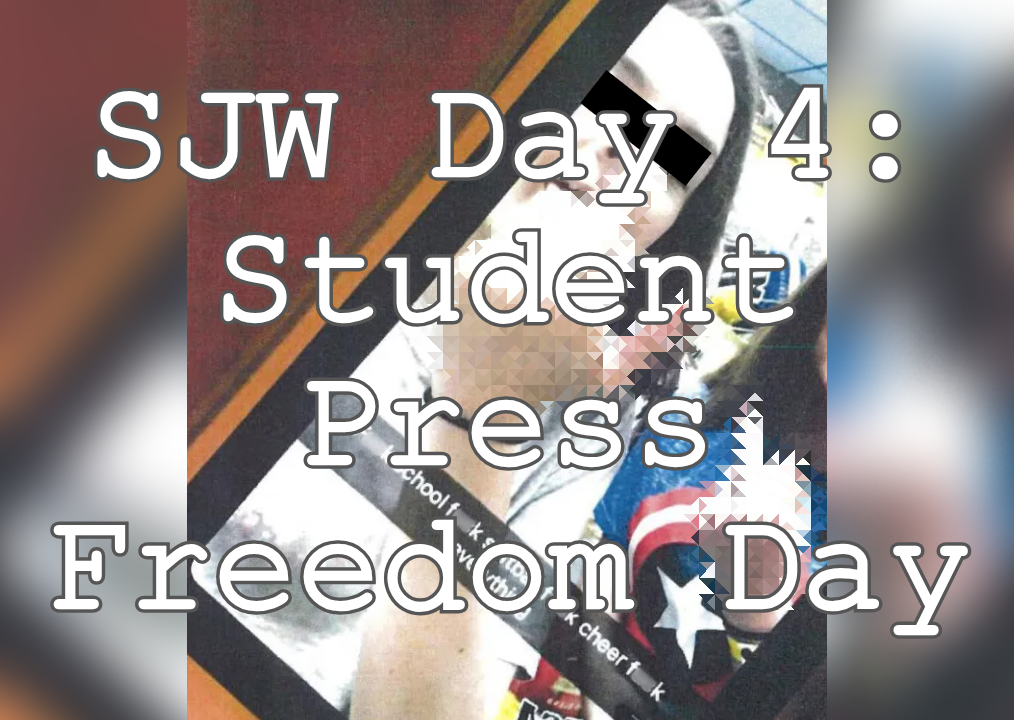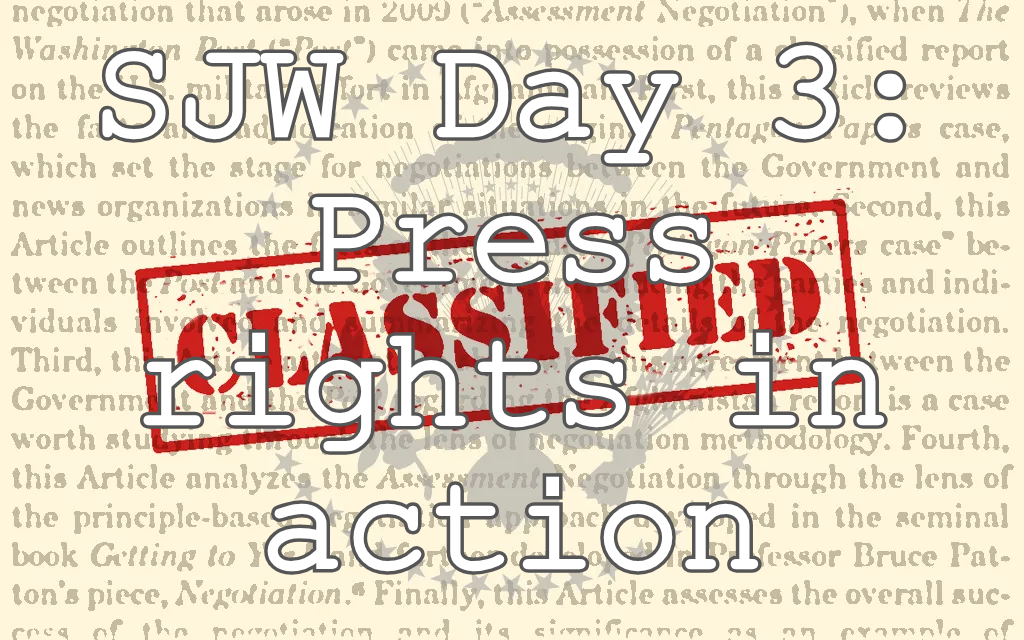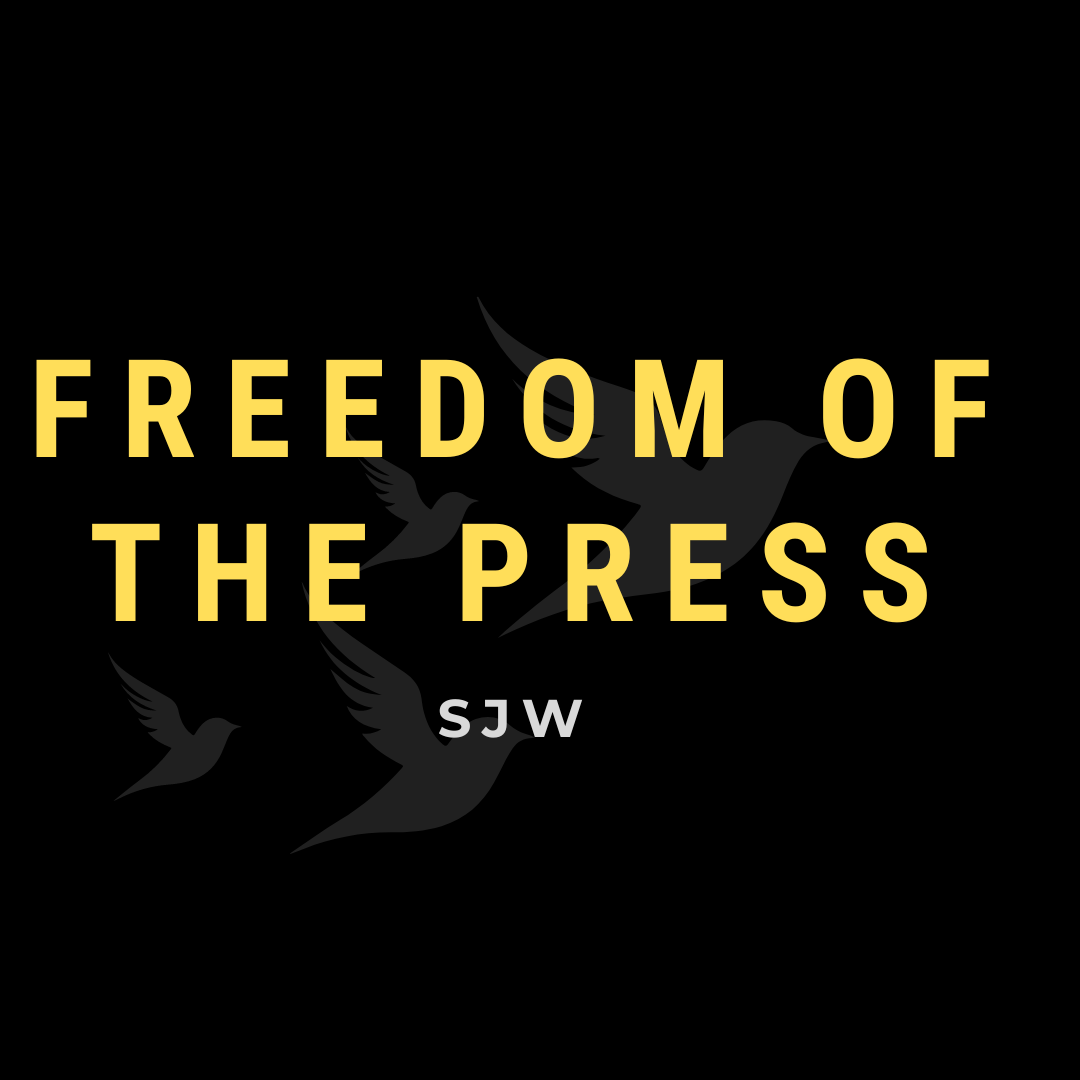For the past decade, we’ve seen vast improvements and additions to what artificial intelligence can do. Generate lists, photos, videos, et cetera. There’s even a decent chance that you, the reader, use AI technology on a daily basis, whether that be for difficult assignments or for fun.
Currently, generative AI can be useful for handling tedious backend tasks in the world of journalism, including categorizing, tagging, and moderating comments. Some major publications have already started with utilizing AI to gather news from all around the world.
As artificial intelligence (AI) becomes increasingly integrated into modern newsrooms, it raises pressing questions about the ethics, effectiveness, and future of journalism. While AI offers powerful tools for enhancing efficiency and streamlining research, many journalists and media ethicists are questioning its deeper implications.
Most of the issues surrounding these tools revolve around transparency, privacy and accuracy. We decided to ask John Martinez, a web design instructor at Inlet Grove for his input on the topic. His classes are largely focused on technology, and as such, he discusses AI and its possible effects on our lives often with his students.
Ethics and Voice: Who’s Really Telling the Story?
One of the central ethical concerns is the issue of authorship and voice. “AI may not give journalists a true voice since its data is generally derived from multiple sources,” Martinez noted. “You wouldn’t be able to ‘voice your opinion’ on something if you generate it from AI.” In a profession built on personal insight, storytelling, and analysis, the risk of diluting a journalist’s unique perspective is significant.
Moreover, AI systems are not free from bias. Just like human writers, they can reflect the prejudices present in their training data. Martinez also pointed out that “AI can also be biased,” highlighting the dangers of relying too heavily on automated systems to report facts objectively.
Efficiency vs. Integrity: Where AI Excels
Despite these concerns, AI undeniably improves newsroom efficiency. It can analyze massive volumes of data, summarize press releases, and even translate articles into multiple languages. “You wouldn’t want to use it as a main source for articles,” Martinez said, “but it could be used to gather basic research.” In this way, AI becomes a tool—helpful, but not a substitute for traditional journalism.
The Dangers of Misinformation and “Hallucinations”
However, AI’s capabilities come with risks. One of the most cited issues is the potential for misinformation. “The information could be biased or false or have hallucination artifacts,” Martinez warned. Unlike human reporters, AI systems can fabricate details or present incorrect information with an air of confidence, especially when not rigorously fact-checked.
Redefining the Relationship Between Media and Public
AI also changes the dynamic between news organizations and their audiences. With general information more accessible than ever, readers often turn to AI tools for quick answers. But traditional media still has an advantage in areas like local reporting and breaking news. “AI gives news audiences and normal people the power to search up general information,” Martinez observed. “News organizations may have the edge with local news or breaking news that AI may not be able to generate.”
Will AI Replace Journalists?
The fear that AI could eventually replace human journalists is not unfounded. “To a degree, yes—and in some areas, it already has,” admitted Martinez. AI excels in producing fast, factual content and performing repetitive tasks. Yet, there’s still no match for the human element in investigative reporting, critical thinking, and ethical decision-making.
“Investigative journalism will always be done better by humans,” Martinez continued. “AI may also struggle with critical thinking and accountability. The human factor is important. Editorial judgment—choosing what’s important—ethics could be overlooked by AI.”
Conclusion
AI is not inherently good or bad—it’s a tool that can be applied for better or for worse. Whether it enhances or undermines journalism depends largely on how it is used. As newsrooms continue to evolve, the challenge will be finding a balance: embracing innovation while preserving the core values of ethical, accurate, and human-centered journalism.









